Land Rover is readying an all-new version of its flagship Range Rover, and prototypes are now being tested on UK roads.
The latest test mule is wearing adapted bodywork of the existing model with different suspension and exhaust components visible. Autocar now understands that this mule has a BMW-sourced 4.4-litre petrol V8 engine under its bonnet.
Earlier rumours Jaguar Land Rover (JLR) would make use of BMW's turbocharged V8 in future offerings were fuelled further by a report that the two firms had agreed on a wide-ranging combustion engine partnership beyond their existing agreement to produce electrified powertrains together.
Land Rover plots comeback with hybrid-led new model blitz

Production of the outgoing ‘AJ' 5.0-litre supercharged motor is also winding down at Ford's Bridgend factory, which will close next year. JLR, overcoming various financial setbacks, is seeking greater economies of scale and less pressure to invest in future powertrains alone.
With six-cylinder diesel units also expected to come from BMW's stable, it remains to be seen whether - as previously expected - Jaguar Land Rover’s recently launched Ingenium straight six will feature in the new Range Rover.
The prototype also features stretched rear arches and a cutout in the rear bumper, necessary to accommodate the slightly longer wheelbase of the new underpinnings.
With competition from the Bentley Bentayga and Rolls-Royce Cullinan as well as upcoming, more mainstream models such as the BMW X8, Land Rover’s task with the fifth-generation Range Rover is to create a vehicle that surpasses all of these rivals. It will attempt do so using not only its unique heritage but also technological advancements in powertrains, autonomous driving systems and infotainment.
Last year, the firm revealed that the upcoming Range Rover, alongside the next Range Rover Sport, will use an all-new, aluminium-intensive architecture. To prepare for these models, its Solihull plant has gone through a major refit to accommodate the advanced technology that will be used in future Range Rovers.
As a result, production of the Discovery has moved from Solihull to Jaguar Land Rover’s new plant in Nitra, Slovakia, also freeing up room for the potential production of the first electric Range Rovers.
The new Range Rover platform will be significantly lighter than the current model’s D7u architecture, and the lightest of all Jaguar Land Rover platforms.
Called Modular Longitudinal Architecture (MLA), the aluminium platform will be used on all future Jaguar Land Rover models ranging in size from the Jaguar XE to the Range Rover. By the middle of the next decade, next-generation versions of Jaguar Land Rover’s transverse-engined models are even expected to be switched to MLA too.
MLA’s weight saving is crucial to allow for the extra heft of battery packs for electric and hybrid models, plus the technology and drivetrains that MLA has been designed to accommodate. It is understood the next Range Rover, codenamed L460, will closely match the size of the current car, which is 4999mm long, 1983mm wide and 1920mm tall, with a wheelbase of 2922mm. That is slightly smaller than the Bentayga except in terms of height, where the Bentley SUV sits lower.
Tough challenges lie ahead for the Range Rover
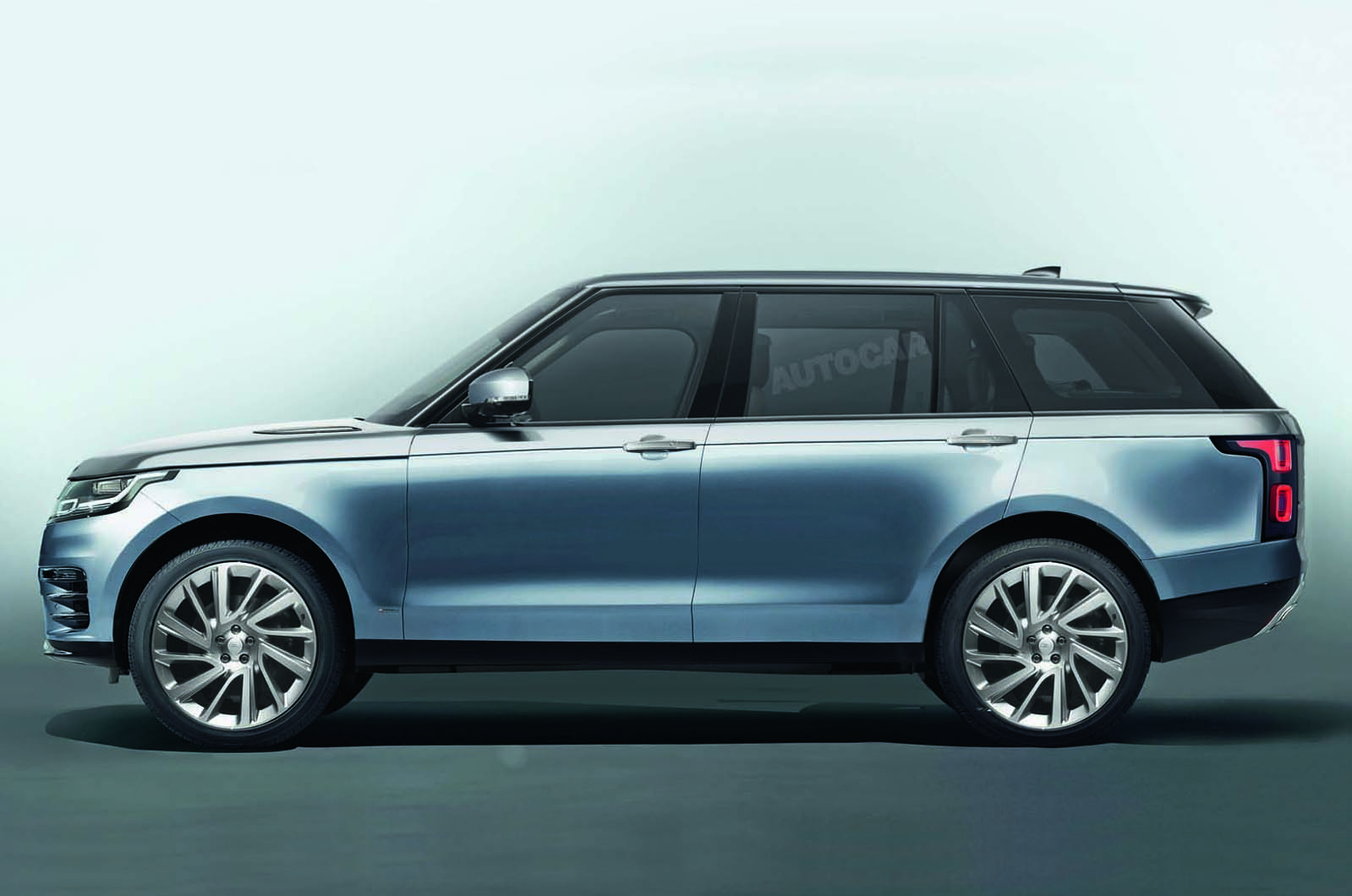
The exterior design will be evolutionary, given the Range Rover’s iconic look and the company’s keenness to capitalise on this. The current generation is softer and less angular than the third-generation model, and this pattern is set to continue.
Luxury rivals such as Rolls-Royce and Lagonda, Aston Martin’s revived marque, are readying electric models for launch, perceiving a perfect synergy between peaceful electric powertrains and luxury motoring.
However, even though MLA can accommodate a fully electric drivetrain, as well as petrol, diesel and plug-in hybrid variants, it is understood that the next Range Rover will not initially be offered with one.
Instead, Land Rover wants the first electric Range Rover to be a stand-alone model. This will be a tall estate with more car-like qualities than other models in the line-up, and more limited off-road prowess.
Electric variants of other Range Rovers will subsequently be offered as part of normal model line-ups, including a version of the full-size Range Rover set for launch before 2022 and aimed chiefly at Asian megacities.
While Land Rover readies an electric Range Rover, the new model will continue with plug-in hybrid technology recently introduced in an update to the existing Range Rover.
The MLA’s plug-in hybrid set-up is understood to include an electrified back axle alongside a four-cylinder Ingenium petrol engine, with the electric-only range increased above the 31 miles of the current P400e.
There will also be changes to the pure-combustion-engined line-up. Currently, there are 3.0-litre V6 and 4.4-litre V8 diesels and supercharged 5.0-litre V8 and 3.0-litre V6 petrols – all sourced externally and all to be axed. The new straight-six Ingenium petrol and diesel units are being built at its engine plant in Wolverhampton. In the Range Rover, these could be mixed with 48V mild-hybrid technology in most versions to improve performance and economy.
Real-world testing of the straight-six diesels has shown NOx emissions to be no higher than 80g/km – well under the limits of new regulations. Even with all its new electrified technology, the next Range Rover will keep its peerless off-road ability – Land Rover continues to see this as a key differentiator between it and newer rival offerings.
The next Range Rover’s infotainment will be an updated version of the Touch Pro Duo system, which was first seen on the Velar last year. That move represented an overhaul for Land Rover, which had long been criticised for having an outdated interior compared with peers. It has two 10.0in screens that can be used simultaneously.
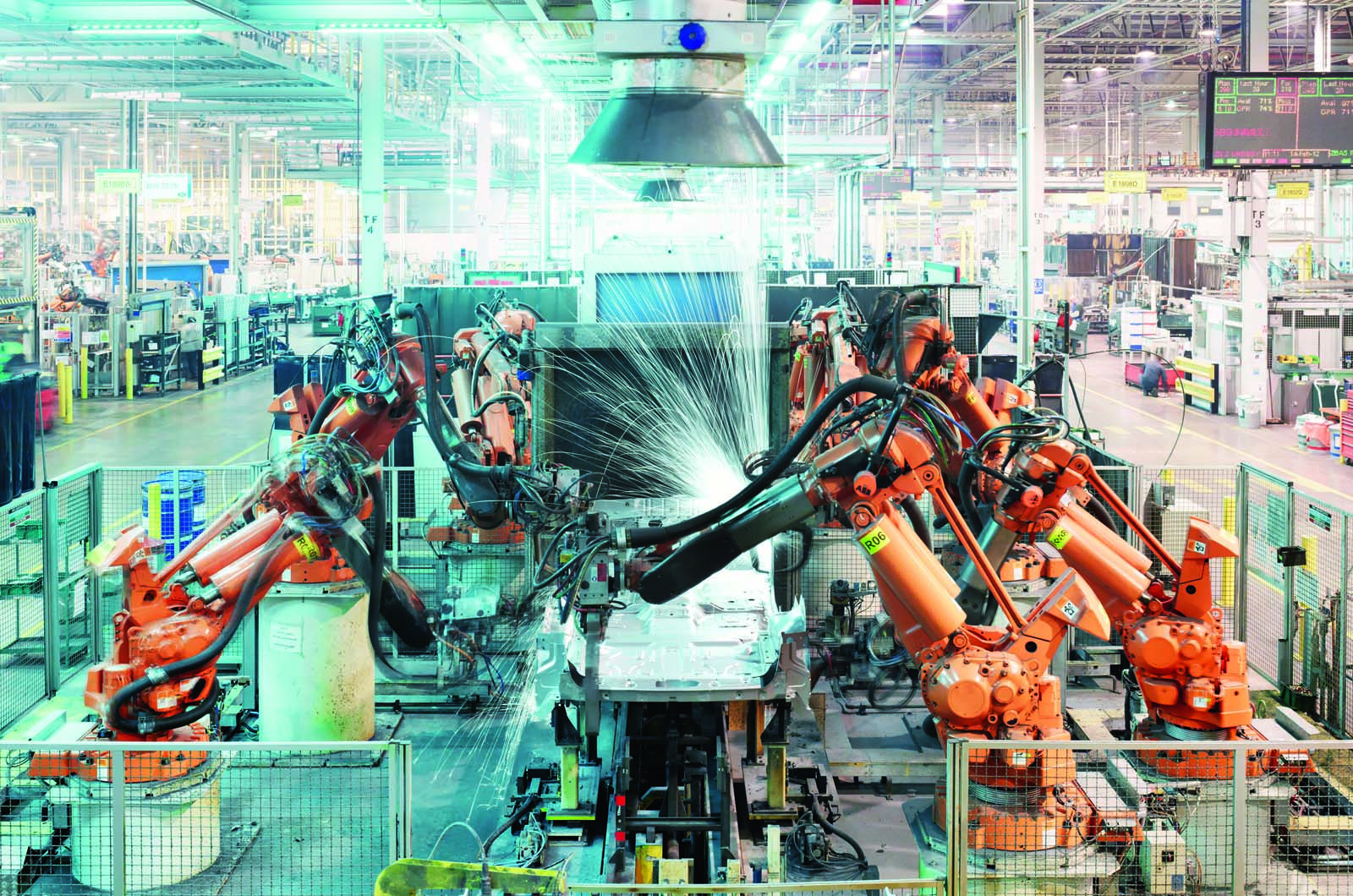
Some rotary dials remain and this will continue with the next-generation Range Rover, because Land Rover is determined to keep some of the tactility found in manual actions rather than having every single function running through a touchscreen, including for its latest Terrain Response off-road system.
The new flagship will also get an advanced version of the so-called Smart settings, first shown on the Jaguar E-Pace. The artificial intelligence system pre-empts occupants’ habits – for example, seat and mirror positions and display preferences – as well adjusting air-con according to the weather.
Land Rover’s connected car technology will in due course offer features such as being able to unlock your front door, switch on the kitchen lights and even turn on your TV while you’re on your way home.
The next Range Rover could also spearhead Jaguar Land Rover’s advanced autonomous driving systems. The company is already well under way with trialling self-driving technology as part of the UK Autodrive project. Technology such as a vehicle being able to drive to an available parking space and self-park is currently being tested on Discovery prototypes.
Not only will the next Range Rover set an important precedent for new generations of Land Rovers, remaining the flagship model for the brand, it will also be a vital car to lead affluent customers into Jaguar Land Rover’s growing Special Vehicle Operations division.
Read more
Land Rover Discovery review

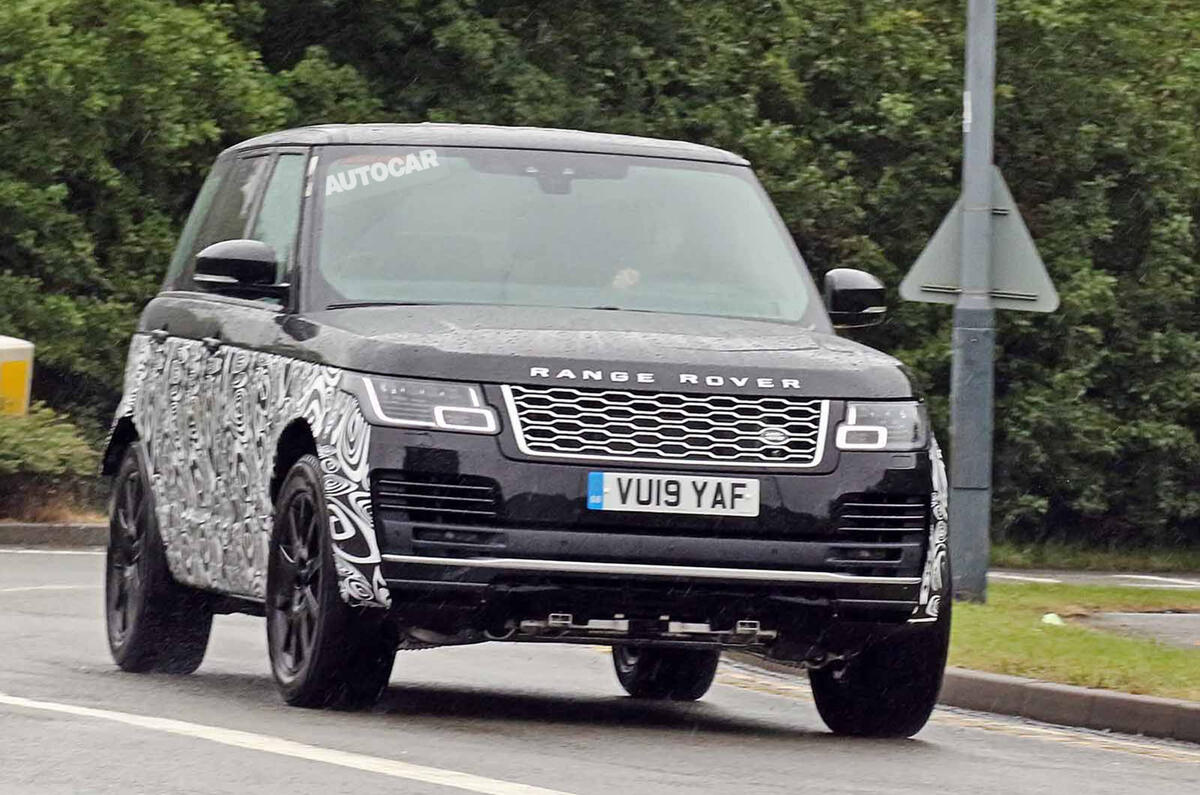
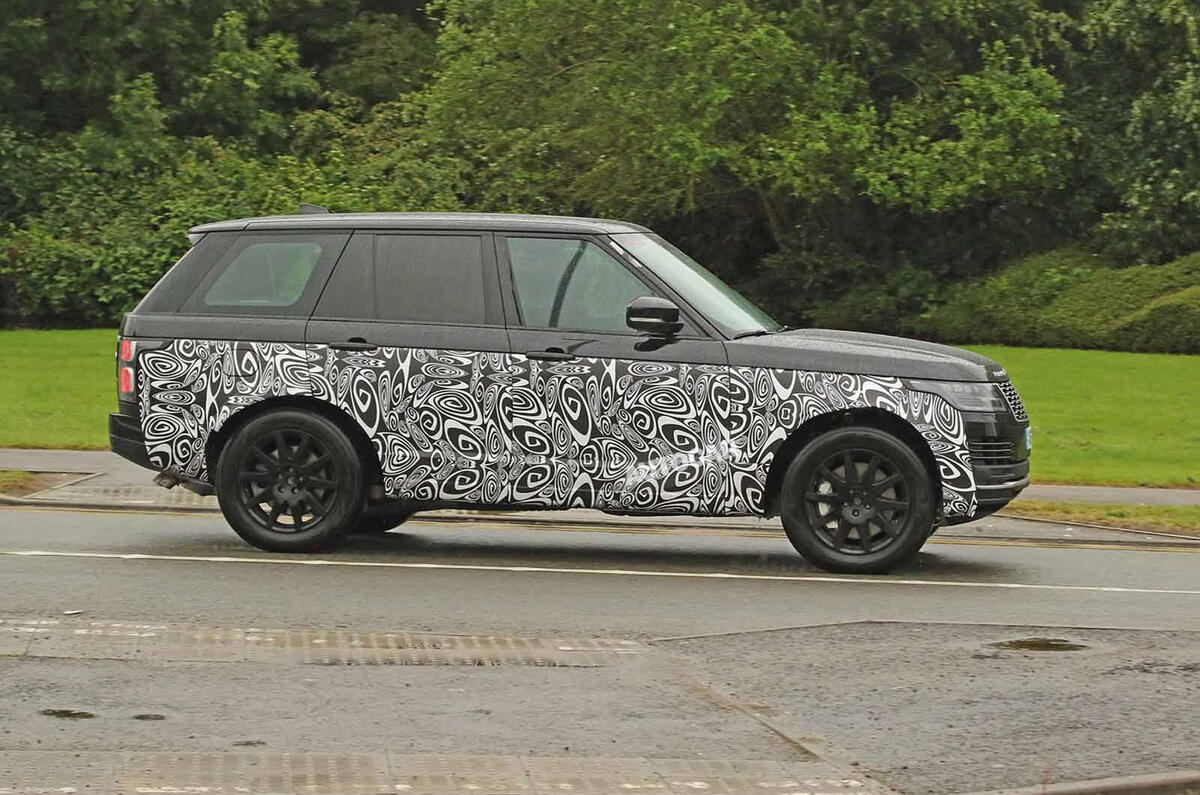


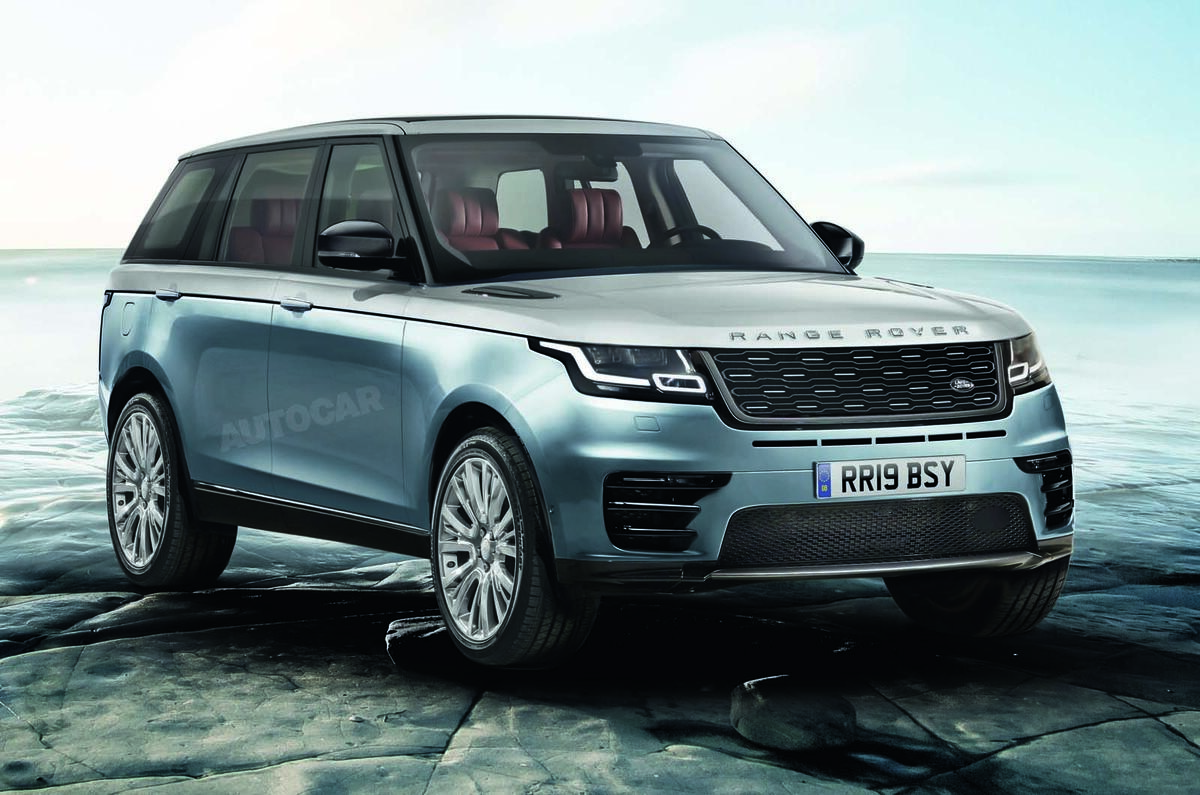
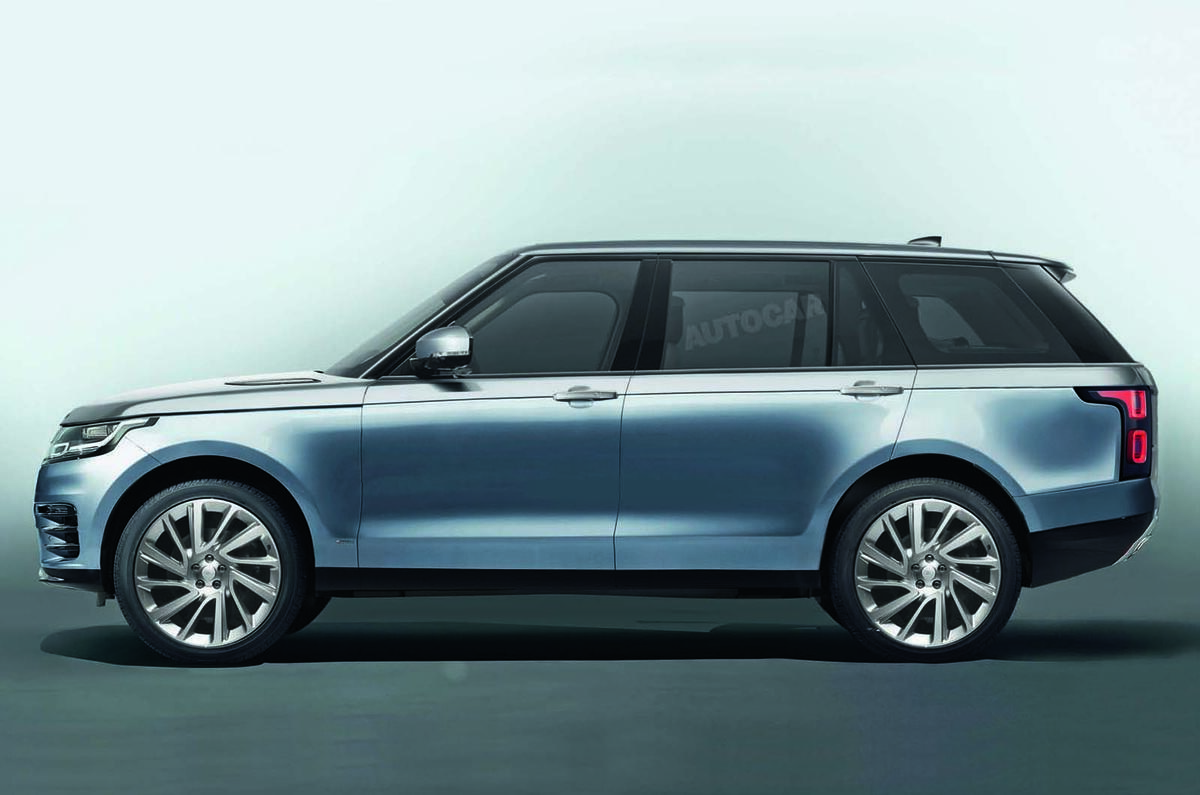
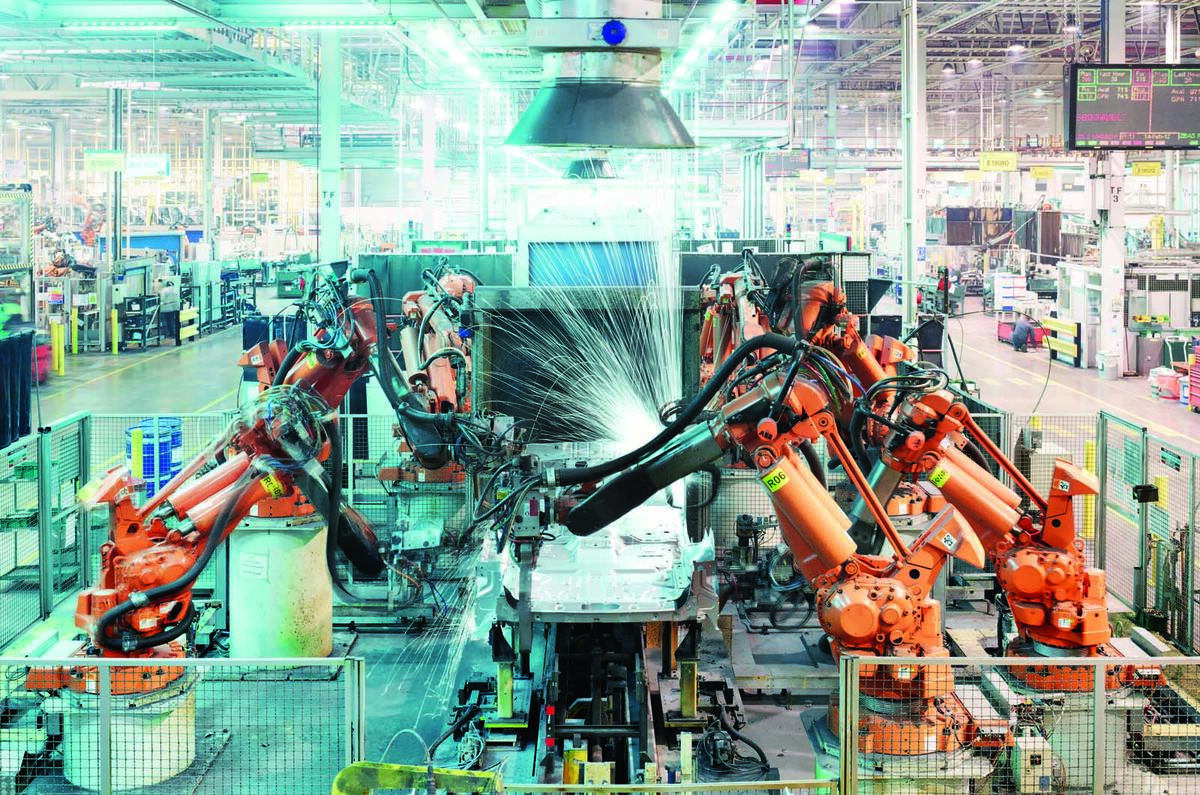
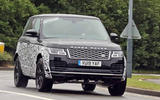



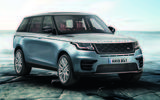




Join the debate
Add your comment
Buying in the V8 makes sense,
Buying in the V8 makes sense, don't understand why they would buy in a 3L diesel, with their own Ingenium unit soon available
The current V8 diesel comes from Ford but is unaffected by the Bridgend closure, maybe it's this which will be replaced by a BMW unit
Mikey C wrote:
I think Ingenium has been a disaster, and no doubt partially responsible for the multi-billion capital write off earlier this year. The engines are nowhere near as efficient as claimed, and lack nice driving characteristics.
JLR cutting their losses here.
This is what's happening
I think JLR's engineers have probably thrown the towel in with the ingenium. It'll never be up there with BMW's diesel engines which are some of the best on the market.
In fact the sentence '...agreed on a wide-ranging combustion engine partnership....' is corporate speak for 'we've given up trying to make our own bloody engines - we'll use BMW ones instead from now on, they're better'.
If they never used that black
If they never used that black and white camo, would anyone recogise it is a new model, apart from a few spotters?
yes quite clearly, the rear
yes quite clearly, the rear is different, the exhaust system is different, the doors are different, the slats are gone, the grill and light arrnagement on the new car is different, and many other changes, however, this car is a MULE - and is runnign with about 90% of the existing car, like ALL COMAPNIES DO
jonboy4969 wrote:
I’m surprised the hideous fake side slats survived the facelift. Surely they won’t make it onto the next generation. One of McGovern’s rather frequent detailing errors (see also: Discovery tailgate).
Well you have proved my point
Well you have proved my point, a sad lonely guy in a anorak looking for variations on different cars. Do you get excited if you spot something unusual?
The only time I see a new 'mule' like this is when it has the camo on. The new Defender is a case in point. Then again I tend to concentrate on driving or riding rather than getting my kicks out of a new light arrangement on a Range Rover.
Nowt as queer as folk....
Well you have proved my point
Well you have proved my point, a sad lonely guy in a anorak looking for variations on different cars. Do you get excited if you spot something unusual?
The only time I see a new 'mule' like this is when it has the camo on. The new Defender is a case in point. Then again I tend to concentrate on driving or riding rather than getting my kicks out of a new light arrangement on a Range Rover.
Nowt as queer as folk....
For a 7yr old model the
For a 7yr old model the styling of the Range Rover has worn well. I hope the next version will be as clever evolution as JLR achieved with the new Evoke. I definitely think the RR look distinguishes them from the German and Japanese SUVs.